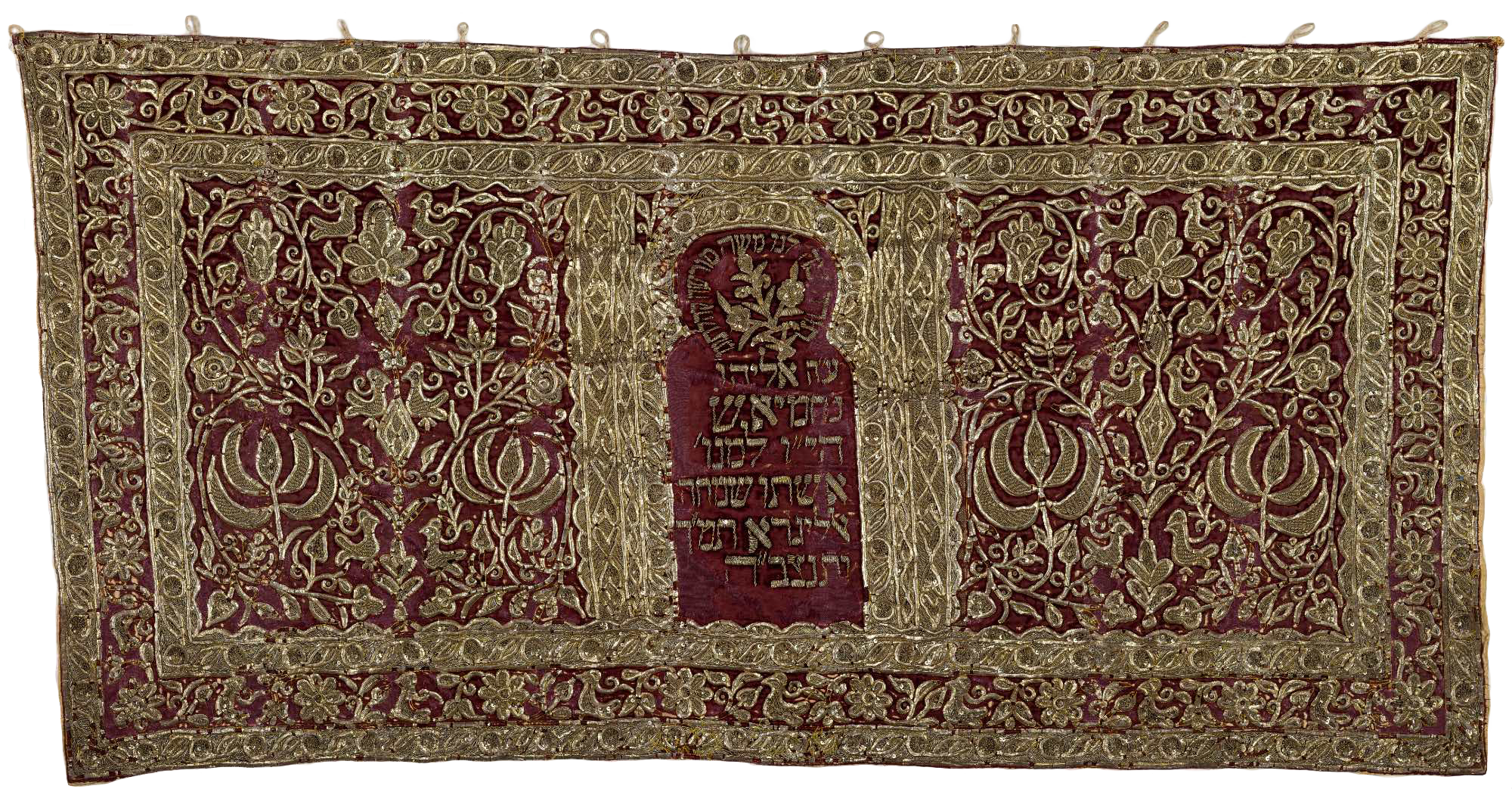
Rechthoekig, gedecoreerd kleedje met kwastjes dat gebruikt wordt om de torahuls af te dekken. Dit kleedje kan ook als seferdekje gebruikt zijn, om de torarol af te dekken wanneer deze op de biema ligt maar er niet uit gelezen wordt


In sommige gemeenschappen, zoals bij de Separdiem en de Romaniot, werd voor ceremoniëel textiel in het algemeen de term mappa gebruikt. Dit maakt het soms moeilijk te bepalen of hiermee de omslag, de wikkel of de mantel bedoeld wordt.
Melasecchi, Olga, et al., eds. Antique Roman Mappòt: The Precious Textile Archive of the Jewish Museum of Rome. Rome: Campisano Editore, 2017.
Yaniv, Bracha. “From Spain to the Balkans: The History of Textile Torah Scroll Accessories in the Sephardi Communities of the Balkans.” Sefarad, vol. 66, no. 2, 2006, pp. 405-42.
Yaniv, Bracha. “Le-Toldot Ha-Mapah Ve-Ha-Me’il Le-Sefer Ha-Torah Be-Ashkenaz Be-Yemei Ha-Beinayim [The Mappa (Wrapper) and the Torah Mantle in Ashkenaz in the Middle Ages].” Studies on the History of the Jews of Ashkenaz: Presented to Eric Zimmer, edited by Gershon Bacon et al., Ramat Gan: Bar-Ilan University Press, 2008, pp. 107-34.
Yaniv, Bracha. “The Torah Wrapper and the Torah Binder.” Ceremonial Synagogue Textiles: From Ashkenazi, Sephardi, and Italian Communities, Liverpool: Liverpool University Press, 2019, pp. 85-126.
Kies een taal